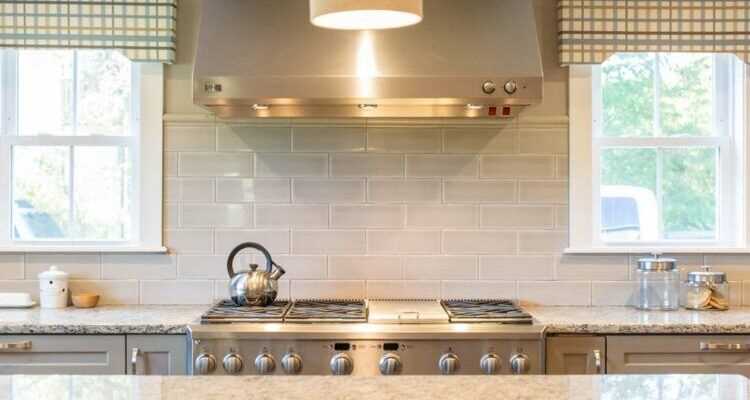More efficient than a window
Thanks to its mechanism, the hood eliminates odors and removes grease-laden fumes, which pollute the indoor air and attach themselves to walls and furniture. Ventilation through a window does not always allow them to be sucked in before they settle. If the window is far away, the vapors can make a path to the ceiling, until the draft.
Cutting-edge use
To be optimal, the appliance should be turned on a few minutes before the start of cooking, to create a vacuum in the room and filter the vapors as they appear. Then, if the fumes vary during cooking, intensify or reduce. Good to know, some cooker hood duos of the same brand adapt automatically.
Maintenance free, no interest
The filters of extractor hoods can be cleaned! For proper maintenance, filters on exhaust models should be routinely washed with soap or in the dishwasher every month. For a hood in recycling mode, the carbon filter must be cleaned twice a year and changed according to the manufacturer's instructions. Without this regular maintenance, odors and fumes are released into the indoor air.
The expert's opinion
By installing a hood, the goal is to filter and purify the air that is given off during cooking to remove odors and airborne fat particles. Without a hood, you run the risk of having to repaint the walls of your kitchen every three or four years, as marks can accumulate on the walls and ceiling.
Thanks to Jérôme Fondary, trainer, Electrolux Home Products.
Read also :
⋙ Kitchen extractor hood: which exhaust to choose?
⋙ Decorate the kitchen hood
⋙ Kitchen design: the 5 steps to avoid making mistakes
